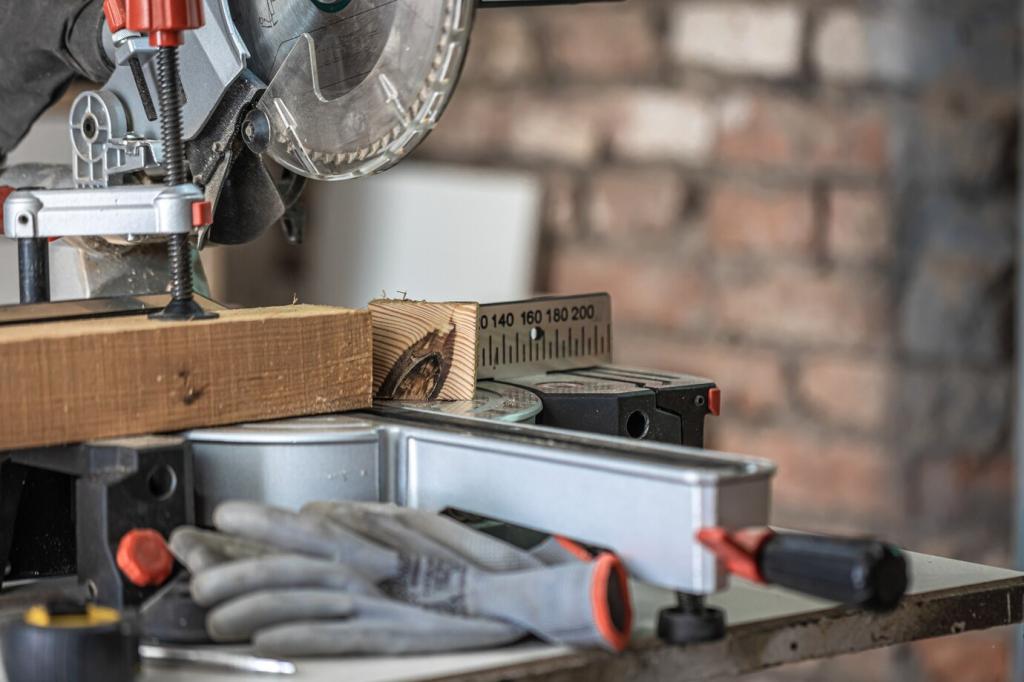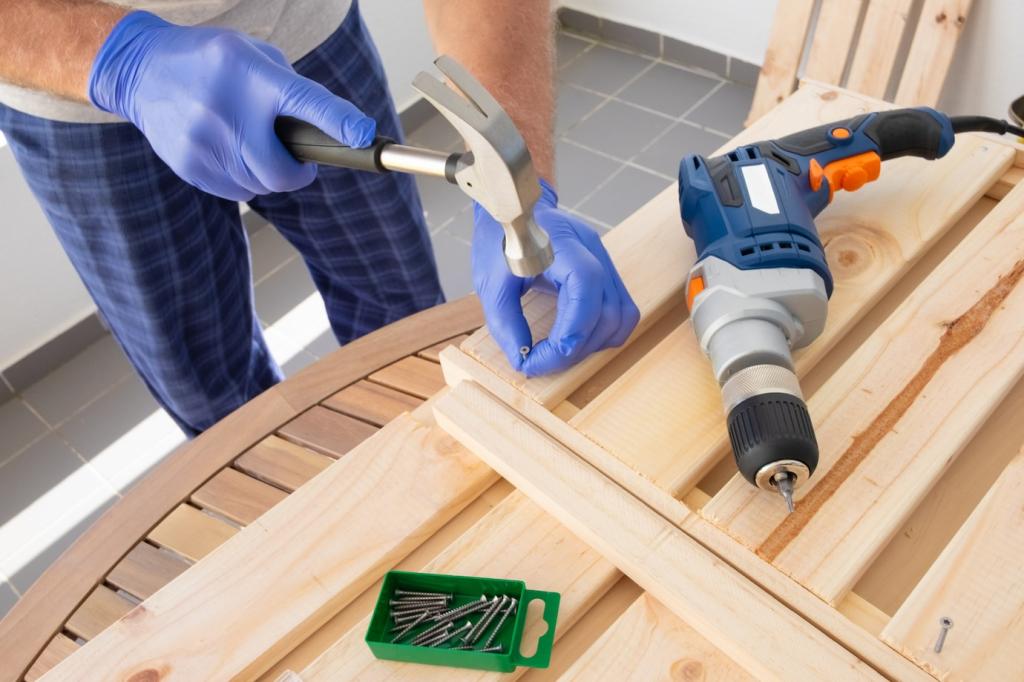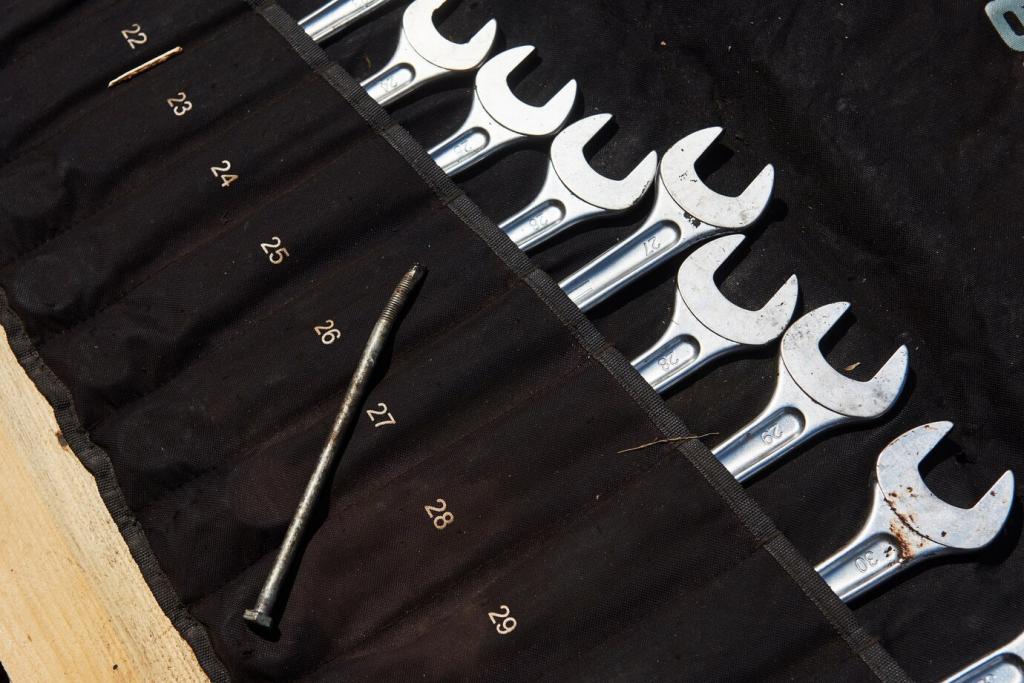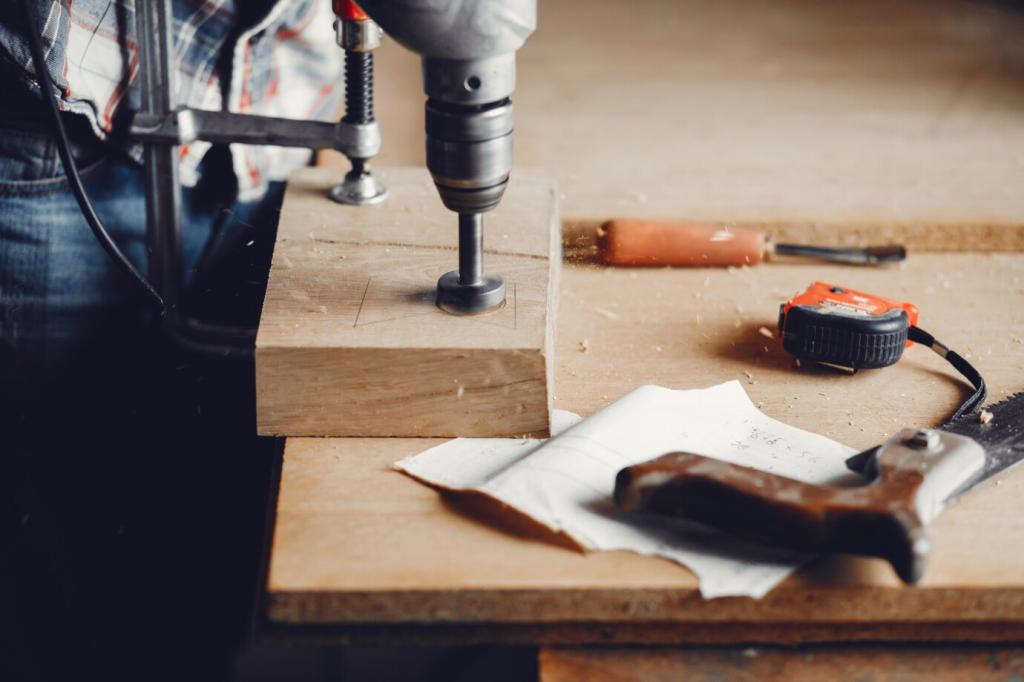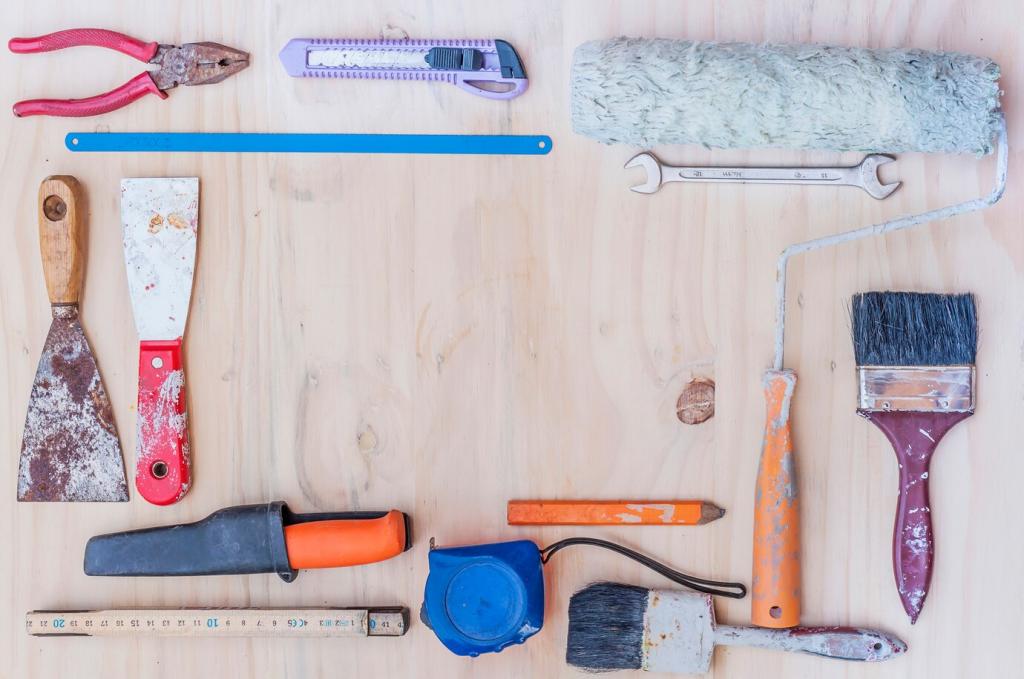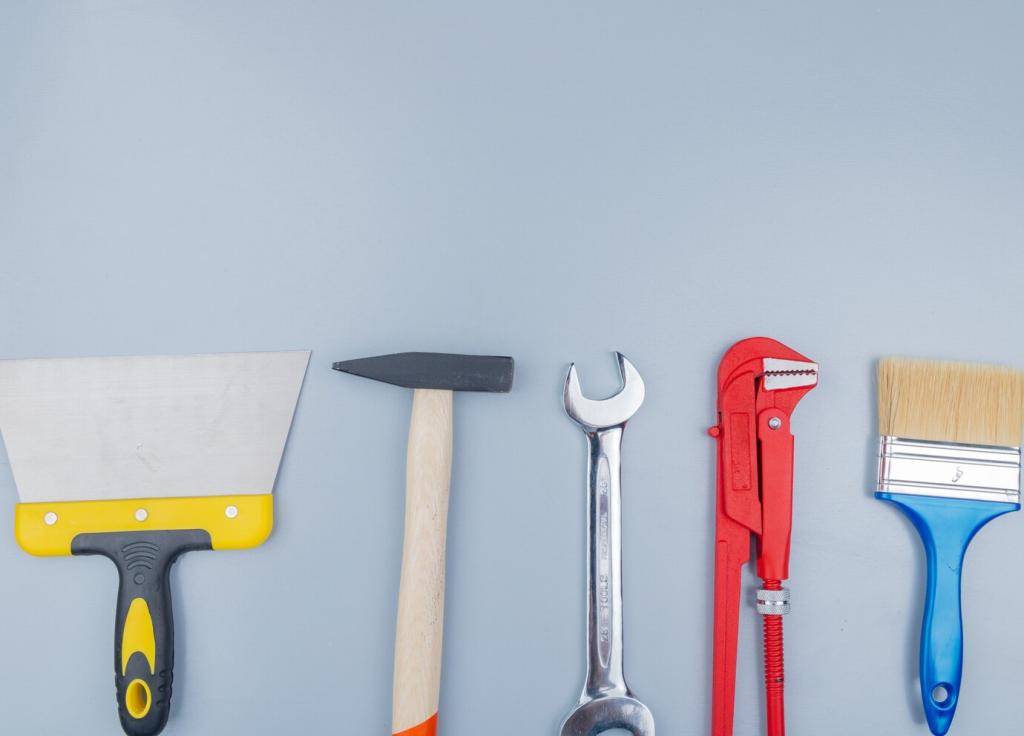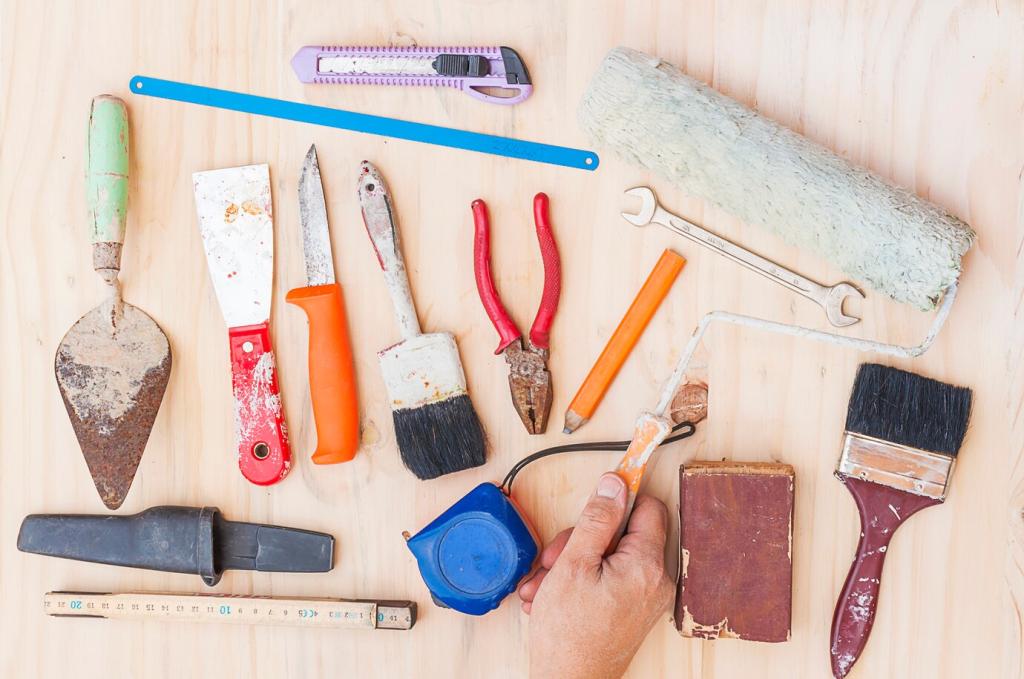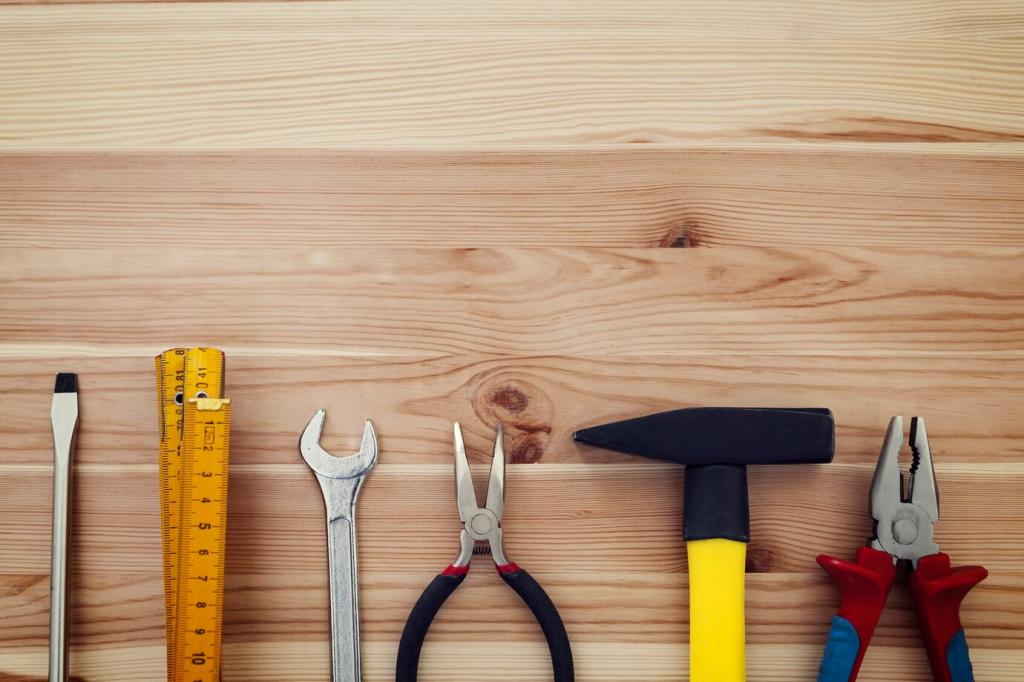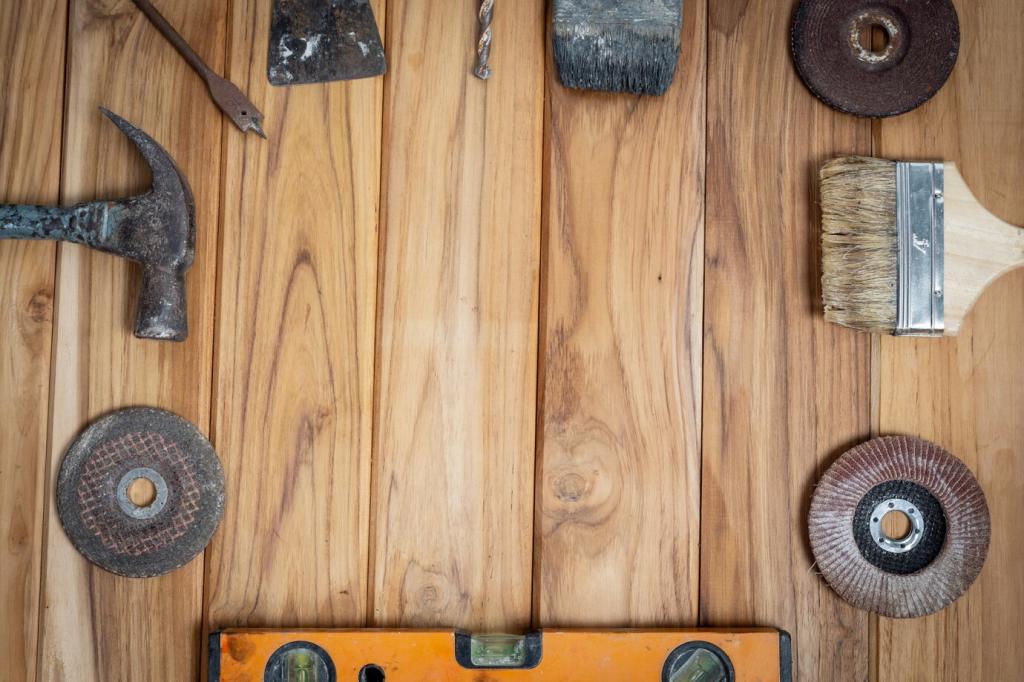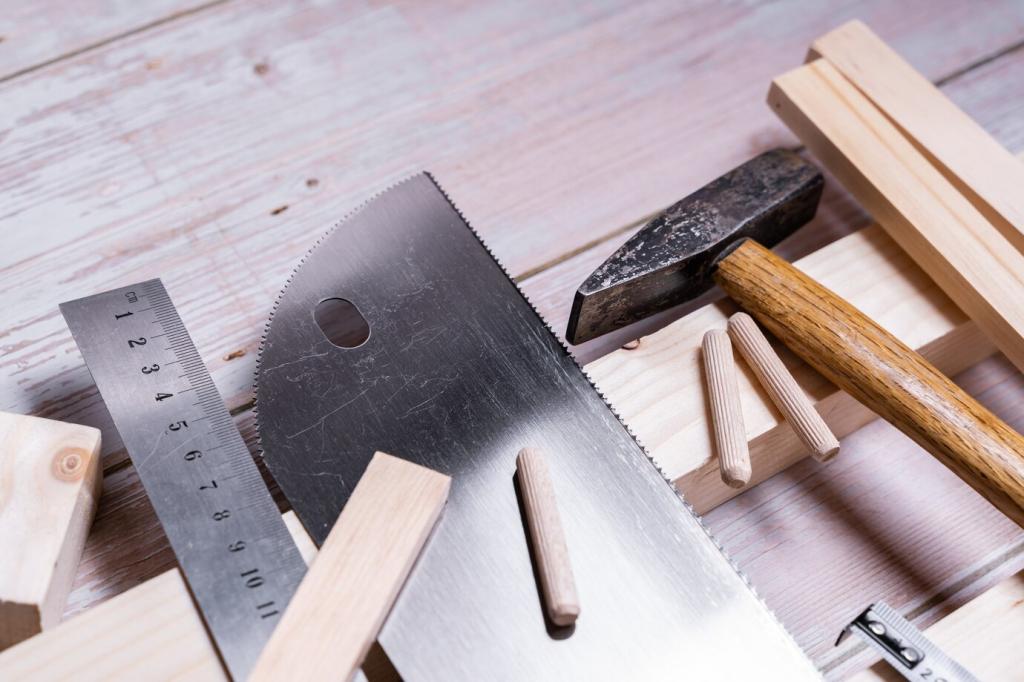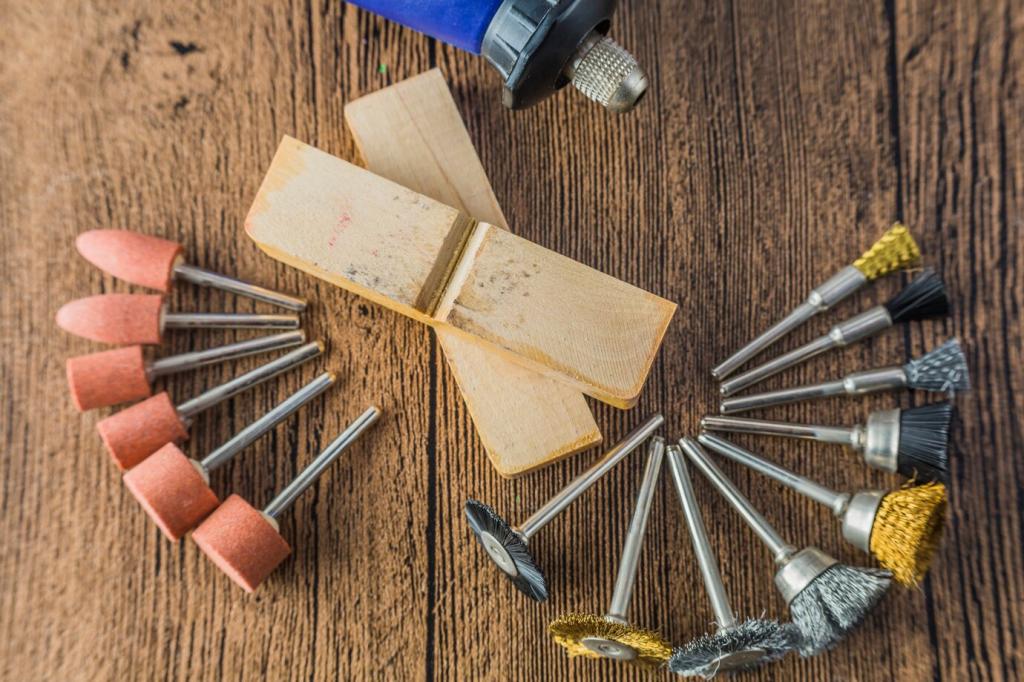Glue-Up Helpers and Tiny Accessories That Matter
Acid brushes, foam rollers, and blunt syringes place adhesive exactly where it belongs, not on your finish. Keep a cup of water ready. Which applicator gives you the most control inside joints?
Glue-Up Helpers and Tiny Accessories That Matter
Let squeeze-out gel, then lift it with a chisel at a low angle. Use a straw in corners, and avoid wet smears on open grain. What’s your go-to cleanup timing?

